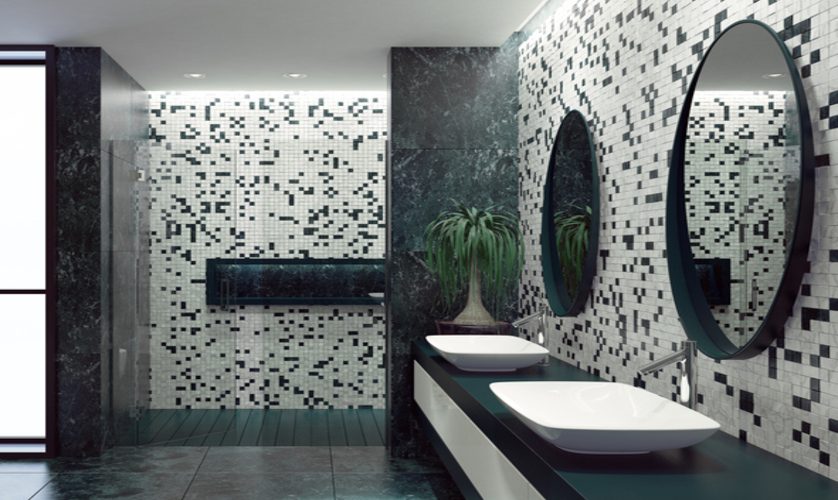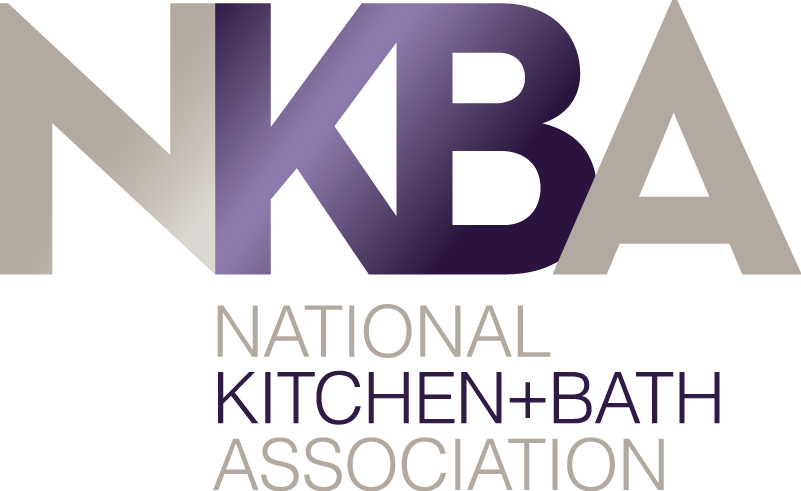
Creating a stunning bathroom involves more than selecting fixtures and painting walls; it’s about incorporating texture, color, and pattern in ways that reflect your style while ensuring functionality. Tiles, with their diverse shapes, colors, and designs, offer endless possibilities to enhance the bathroom’s aesthetic. However, mixing different types of tiles can be daunting. To avoid a clash of styles or an overwhelming look, follow these proven tips from bathroom designers on mixing and matching tiles like a pro.
Explore Tile Characteristics for Effective Mixing
Understanding the distinctive properties of each tile type is the first step. Porcelain and ceramic tiles are known for their durability and moisture resistance, making them ideal for bathroom floors and walls. While porcelain offers more water resistance and toughness, ceramic tiles provide a cost-effective alternative with a wide range of design options. Working with an experienced bathroom remodeler can help you select the right materials tailored to your space, style, and performance needs.
Natural stone tiles, such as marble, granite, and travertine, add a touch of luxury and uniqueness to any space. However, they require regular maintenance to preserve their beauty. Glass tiles, with their light-reflecting properties, can brighten any bathroom and serve as striking accent pieces.
Combine Different Sizes and Shapes
Utilizing tiles of varying sizes and shapes can create visual interest and define different areas within the bathroom. For instance, large-format tiles can make a small bathroom appear larger, while smaller, decorative tiles can add detail and texture to specific sections like the shower area or backsplash. A knowledgeable bathroom contractor can help with proper layout planning to ensure both aesthetic and practical considerations are met.
Master the Color Scheme
Color is a powerful design tool that significantly impacts the bathroom’s overall ambiance. A monochromatic color scheme, using varying shades of the same color, can create a cohesive look. For a bolder statement, consider contrasting colors or a complementary color scheme. Accent tiles can introduce pops of color without overwhelming the space.
Focus on Patterns and Textures
Patterns and textures can add depth and dimension to your bathroom. Combining solid-colored tiles with patterned ones allows the patterns to shine without competing with other elements. Textured tiles not only contribute to the aesthetics but also enhance the safety of wet areas by reducing slipperiness.
Remember Practical Considerations
Beyond aesthetics, it’s crucial to consider practical aspects such as slip resistance, especially for floor tiles. Also, different areas of the bathroom may require tiles with specific properties. For example, porcelain tiles are ideal for high-moisture areas like the shower, while ceramic tiles might suffice for a powder room.
Be Mindful of Tile Placement
Strategically placing different tiles can define the bathroom’s layout and make it more functional. For instance, accent tiles can highlight a vanity area or create a striking shower niche, adding character and focus to the bathroom.
Final Considerations
While experimenting with textures, colors, and patterns can yield a personalized and dynamic bathroom design, aiming for balance is key. Too many contrasting elements can create visual chaos rather than a harmonious oasis.
Let’s Start a Conversation!
Looking online for a trustworthy “bathroom contractor near me“? DreamMaker Bath & Kitchen of Greensboro offers personalized service and expert craftsmanship that turns your ideas into reality. Whether it’s a full remodel or a fresh update, we’re here to make the process simple and rewarding. Our dedicated team is eager to work with you to create the bathroom of your dreams. Call us at (336) 568-8135 or fill out our online form to get started. We serve homeowners in Greensboro, New Irving Park, Sedgefield, The Cardinal, and other nearby communities.




